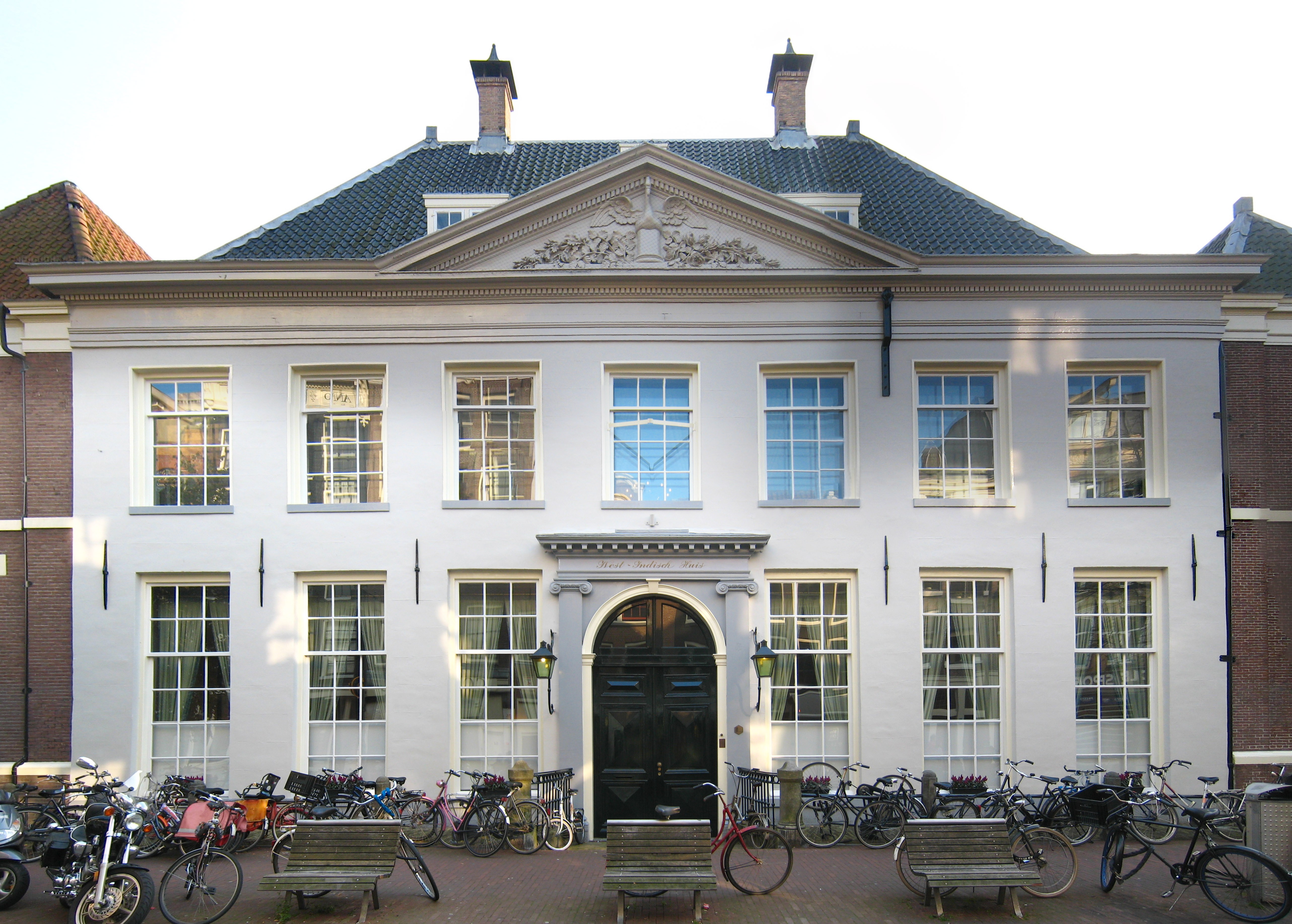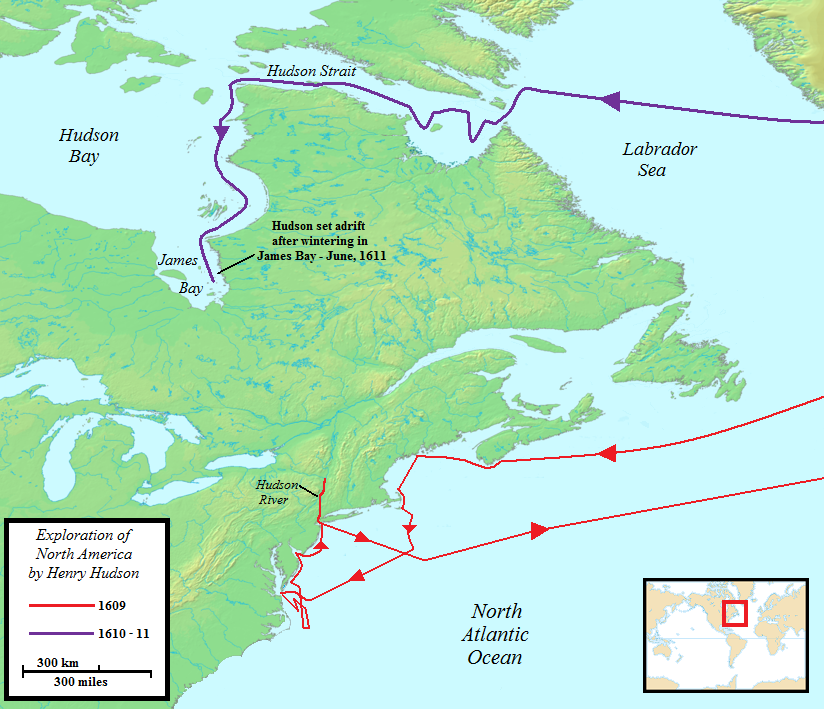|
Rensselaerswijck
Rensselaerswyck was a Dutch colonial patroonship and later an English manor owned by the van Rensselaer family located in the present-day Capital District of New York in the United States. The estate was originally deeded by the Dutch West India Company in 1630 to Kiliaen van Rensselaer, a Dutch merchant and one of the company's original directors. Rensselaerswyck extended for miles on each side of the Hudson River. It included most of the land that would later become the New York counties of Albany and Rensselaer, as well as parts of Columbia and Greene counties. Under the terms of the patroonship, the patroon had nearly total jurisdictional authority, establishing civil and criminal law, villages, and a church (in part to record vital records, which were not kept by the state until the late 19th century). Tenant farmers were allowed to work on the land. During the late 18th century and early 19th century, farmers purchased the land. However, by the conditions of the de ... [...More Info...] [...Related Items...] OR: [Wikipedia] [Google] [Baidu] |
Patroonship
In the United States, a patroon (; from Dutch '' patroon'' ) was a landholder with manorial rights to large tracts of land in the 17th-century Dutch colony of New Netherland on the east coast of North America. Through the Charter of Freedoms and Exemptions of 1629, the Dutch West India Company first started to grant this title and land to some of its invested members. These inducements to foster colonization and settlement (also known as the "Rights and Exemptions") are the basis for the patroon system. By the end of the 18th century, virtually all of the American states had abolished primogeniture and entail; thus patroons and manors evolved into simply large estates subject to division and leases. The deeded tracts were called patroonships and could span 16 miles in length on one side of a major river, or 8 miles if spanning both sides. In 1640, the charter was revised to cut new plot sizes in half, and to allow any Dutch American in good standing to purchase an es ... [...More Info...] [...Related Items...] OR: [Wikipedia] [Google] [Baidu] |
Kiliaen Van Rensselaer (merchant)
Kiliaen van Rensselaer (; 1586 – buried 7 October 1643) was a Dutch diamond and pearl merchant from Amsterdam who was one of the founders and directors of the Dutch West India Company, being instrumental in the establishment of New Netherland. He was one of the first patroons, but the only one to become successful. He founded the Manor of Rensselaerswyck in what is now mainly New York (state), New York's Capital District, New York, Capital District. His estate remained throughout the Dutch Empire, Dutch and British Empire, British colonial era and the American Revolution as a legal entity until the 1840s. Eventually, that came to an end during the Anti-Rent War. Van (Dutch), Van Rensselaer was the son of Hendrick Wolter van Rensselaer, a soldier from Nijkerk in the ''States army of the duke of Upper Saxony'', and Maria Pafraet, descendant of a well-known printers' dynasty. To keep from risking his life in the army like his father, he apprenticed under his uncle, a successful ... [...More Info...] [...Related Items...] OR: [Wikipedia] [Google] [Baidu] |
Fort Orange (New Netherland)
Fort Orange () was the first permanent Dutch settlement in New Netherland; the present-day city and state capital Albany, New York developed near this site. It was built in 1624 as a replacement for Fort Nassau, which had been built on nearby Castle Island and served as a trading post until 1617 or 1618, when it was abandoned due to frequent flooding. Both forts were named in honor of the Dutch House of Orange-Nassau. Due to a dispute between the Director-General of New Netherland and the patroonship of Rensselaerswyck regarding jurisdiction over the fort and the surrounding community, the fort and community became an independent municipality, paving the way for the future city of Albany. After the English reconquered the region they soon abandoned Fort Orange (renamed Fort Albany) in favor of a new fort: Fort Frederick, constructed in 1676. History In 1624, a ship with 30 Protestant Walloons (people from what is today southern Belgium) landed in New Netherland; 1 ... [...More Info...] [...Related Items...] OR: [Wikipedia] [Google] [Baidu] |
Columbia County, New York
Columbia County is a County (United States), county in the U.S. state of New York (state), New York. At the 2020 United States census, 2020 census, the population was 61,570. The county seat is Hudson, New York, Hudson. The name comes from the Latin feminine form of the surname of Christopher Columbus, which was at the time of the formation of the county a popular proposal for the name of the United States. The county is the southern end of the Capital District (New York), Capital District of the state. History At the arrival of European colonists the area was inhabited by the indigenous peoples, indigenous Mahican, Mohican Indians. To the west of the river were the Mohawk and other four tribes of the Iroquois Confederacy, extending past what is now the border of New York state. The first known European exploration of Columbia County was in 1609, when Henry Hudson, an English explorer sailing for the Dutch, ventured up the Hudson River. An accident to his craft forced him to s ... [...More Info...] [...Related Items...] OR: [Wikipedia] [Google] [Baidu] |
Manhattan
Manhattan ( ) is the most densely populated and geographically smallest of the Boroughs of New York City, five boroughs of New York City. Coextensive with New York County, Manhattan is the County statistics of the United States#Smallest, largest, and average area per state and territory, smallest county by area in the U.S. state of New York (state), New York. Located almost entirely on Manhattan Island near the southern tip of the state, Manhattan constitutes the center of the Northeast megalopolis and the urban core of the New York metropolitan area. Manhattan serves as New York City's Economy of New York City, economic and Government of New York City, administrative center and has been described as the cultural, financial, Media in New York City, media, and show business, entertainment capital of the world. Present-day Manhattan was originally part of Lenape territory. European settlement began with the establishment of a trading post by Dutch colonization of the Americas, D ... [...More Info...] [...Related Items...] OR: [Wikipedia] [Google] [Baidu] |
States-General Of The Netherlands
The States General of the Netherlands ( ) is the supreme bicameral legislature of the Netherlands consisting of the Senate () and the House of Representatives (). Both chambers meet at the Binnenhof in The Hague. The States General originated in the 15th century as an assembly of all the provincial states of the Burgundian Netherlands. In 1579, during the Dutch Revolt, the States General split as the northern provinces openly rebelled against Philip II, and the northern States General replaced Philip II as the supreme authority of the Dutch Republic in 1581. The States General were replaced by the National Assembly after the Batavian Revolution of 1795, only to be restored in 1814, when the country had regained its sovereignty. The States General was divided into a Senate and a House of Representatives in 1815, with the establishment of the United Kingdom of the Netherlands. After the constitutional amendment of 1848, members of the House of Representatives were directly elect ... [...More Info...] [...Related Items...] OR: [Wikipedia] [Google] [Baidu] |
House Of Orange-Nassau
The House of Orange-Nassau (, ), also known as the House of Orange because of the prestige of the princely title of Orange, also referred to as the Fourth House of Orange in comparison with the other noble houses that held the Principality of Orange, is the current dynasty, reigning house of the Netherlands. A branch of the European House of Nassau, the house has played a central role in the Politics and government of the Netherlands (1581–1795), politics and government of the Netherlands and elsewhere in Europe, particularly since William the Silent organised the Dutch Revolt against Spain, Spanish rule, which after the Eighty Years' War (1568–1648) led to an Dutch Republic, independent Dutch state. William III of Orange led the resistance of the Netherlands and Europe to Louis XIV of France and orchestrated the Glorious Revolution in England that established parliamentary rule. Similarly, Queen Wilhelmina of the Netherlands was instrumental in the Dutch resistance during W ... [...More Info...] [...Related Items...] OR: [Wikipedia] [Google] [Baidu] |
Fort Nassau (North River)
Fort Nassau was the first Dutch Republic, Dutch settlement in North America, located beside the "North River (Hudson River), North River" (the modern Hudson River, Hudson) within present-day Albany, New York, in the United States. The ''factorij'' was a small fortification which served as a trading post and warehouse. History Henry Hudson explored what would be known as the Hudson River for the Dutch in 1609, including Castle Island (New York), Castle Island which was at the center of Indigenous peoples of the Americas, Native American fur trading routes from the interior. Hendrick Christiaensen chose Castle Island to build Fort Nassau, in 1614 or 1615 as a dual warehouse and military defense structure and named the fort in honor of the stadtholder of the Republic of the Seven United Netherlands, United Netherlands, who was of the House of Orange-Nassau. Nineteenth and early-twentieth century historians claimed that around 1540, French fur traders built a stone "castle" or forti ... [...More Info...] [...Related Items...] OR: [Wikipedia] [Google] [Baidu] |
Henry Hudson
Henry Hudson ( 1565 – disappeared 23 June 1611) was an English sea explorer and navigator during the early 17th century, best known for his explorations of present-day Canada and parts of the Northeastern United States. In 1607 and 1608, Hudson made two attempts on behalf of English merchants to find a rumoured Northeast Passage to Cathay via a route above the Arctic Circle. In 1609, he landed in North America on behalf of the Dutch East India Company and explored the region around the modern New York metropolitan area. Looking for a Northwest Passage to Asia on his ship '' Halve Maen'' ("Half Moon"), he sailed up the Hudson River, which was later named after him, and thereby laid the foundation for Dutch colonization of the region. His contributions to the exploration of the New World were significant and lasting. His voyages helped to establish European contact with the native peoples of North America and contributed to the development of trade and commerce. On ... [...More Info...] [...Related Items...] OR: [Wikipedia] [Google] [Baidu] |




